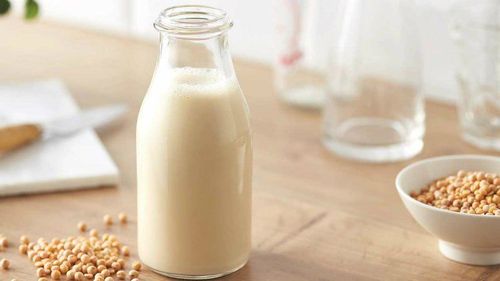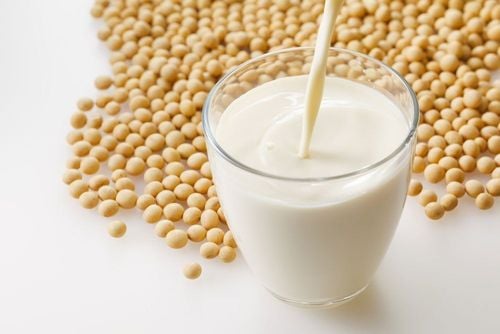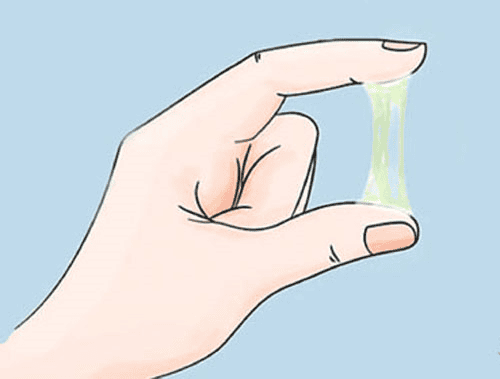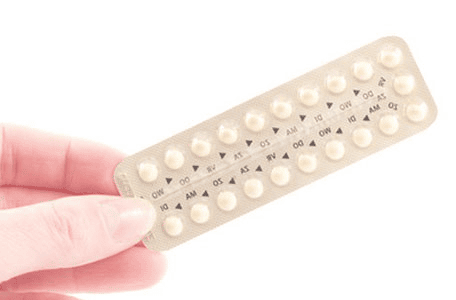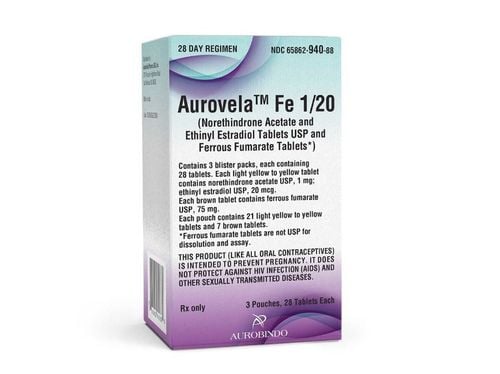This is an automatically translated article.
Isoflavones, found in many familiar foods, are a phytoestrogen of recent research interest. Isoflavones, through available studies, have shown great potential for human health in general and women's endocrine problems in particular.1. What are isoflavones?
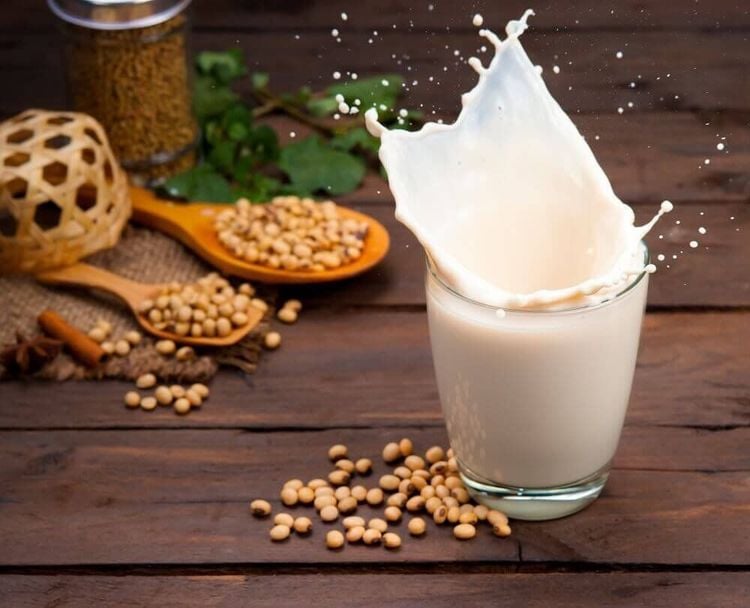
Isoflavone là một nhóm chất phytoestrogen, được tìm thấy chủ yếu trong cây họ đậu
Soybeans are a rich source of isoflavones. In addition to being a rich source of protein, fiber and polyunsaturated fats, soybeans contain large amounts of genistein and daidzein, which are isoflavones that act as natural selective estrogen receptor modulators (SERMs). In 1g of soy protein, there are 2 to 4 mg of isoflavones.
Besides the source of isoflavones from food, today isoflavones have been purified and marketed in pill form.
2. Isoflavones and coronary artery disease
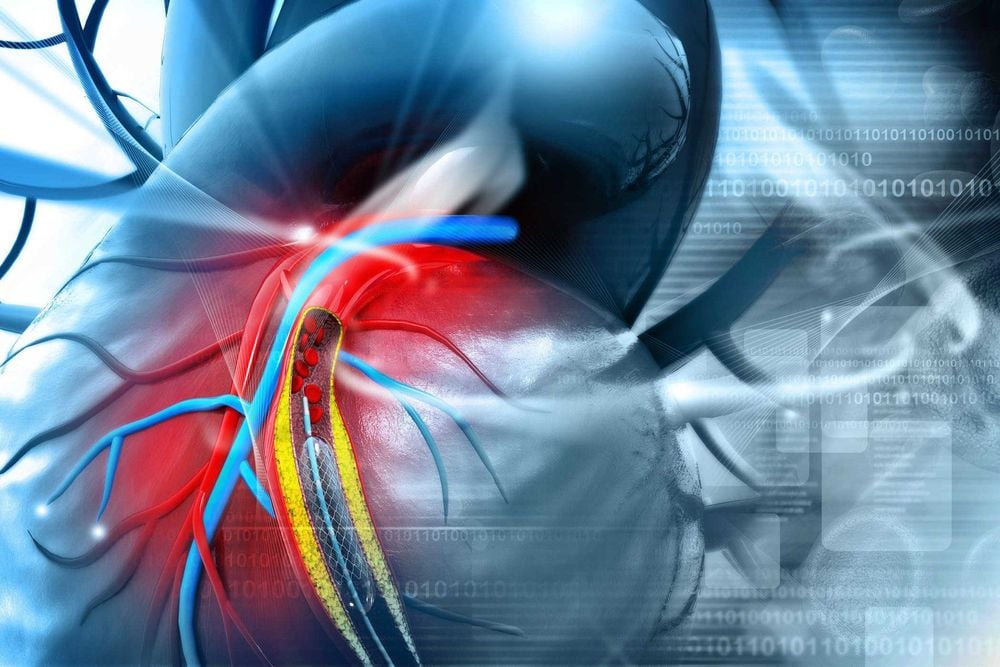
Người ta hy vọng có thể sử dụng một hợp chất tự nhiên tương tự estrogen để có thể phòng ngừa bệnh động mạch vành
A meta-analysis of 38 controlled clinical trials found that soy consumption significantly reduced levels of total cholesterol, LDL cholesterol, and triglycerides. Crouse et al studied 94 men and 62 women who were randomly selected to find that the more isoflavones in soy protein consumed, the lower total cholesterol and LDL cholesterol levels were, and the dose of isoflavones yielded. The highest effective dose was also the largest dose used in the study (58 mg).
Potter et al's study also gave similar results. The effect of soy isoflavones in lowering total cholesterol and LDL cholesterol was similar to that of estrogen replacement therapy; However, soy isoflavones are unlikely to raise HDL cholesterol or triglycerides. The optimal dose of soy isoflavones for human use has not been established. Refined isoflavones are not as effective in lowering total cholesterol and LDL cholesterol as soy isoflavones.
Estrogen replacement therapy is associated with an increased risk of venous thrombosis, so the use of soy isoflavones is highly desirable. One study in perimenopausal and postmenopausal women found that taking 80 mg of isoflavones daily had a similar effect on cardiovascular improvement as taking estrogen.
3. Isoflavones and osteoporosis
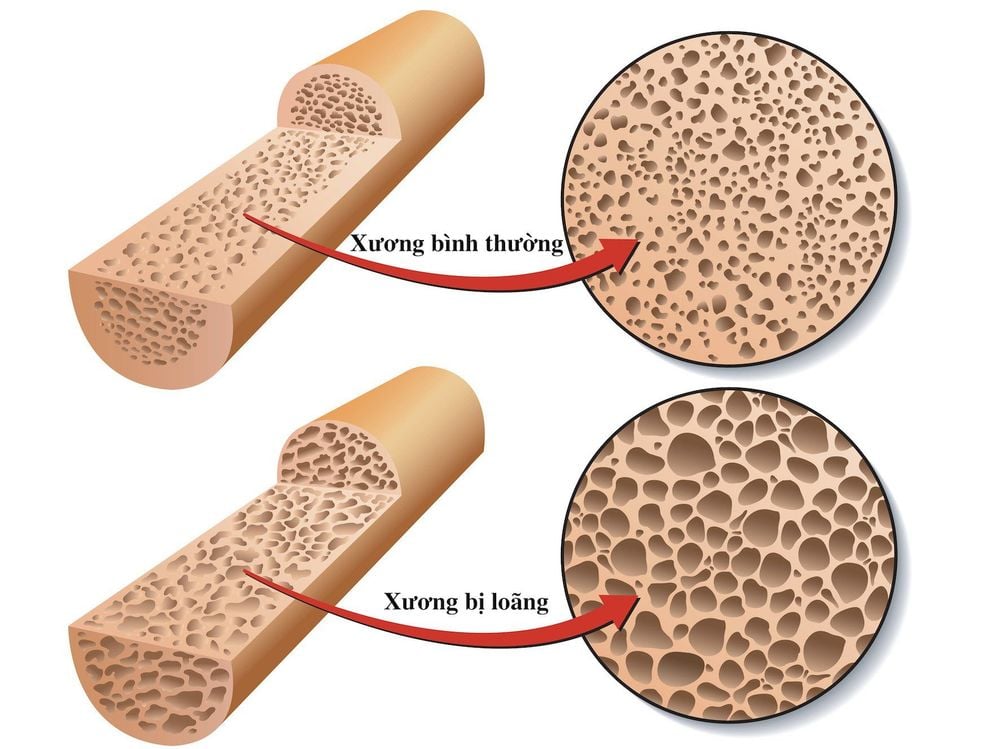
Lợi ích của liệu pháp estrogen thay thế trong việc phòng ngừa loãng xương sau mãn kinh đã được biết rõ.
The dose used is 55.6 mg and 90mg, but the effect is only achieved at the dose of 90mg, the reason is not excluded because of the short study time, so the effect has not been recorded at a lower dose. Preliminary results of recent studies in perimenopausal and postmenopausal women show clear efficacy of isoflavones (extracted from the seeds of clover) in preventing bone mineral density loss. spine, however, more long-term studies are needed to determine outcomes, safety, efficacy, and optimal dosing in humans.
4. Isoflavones and the central nervous system
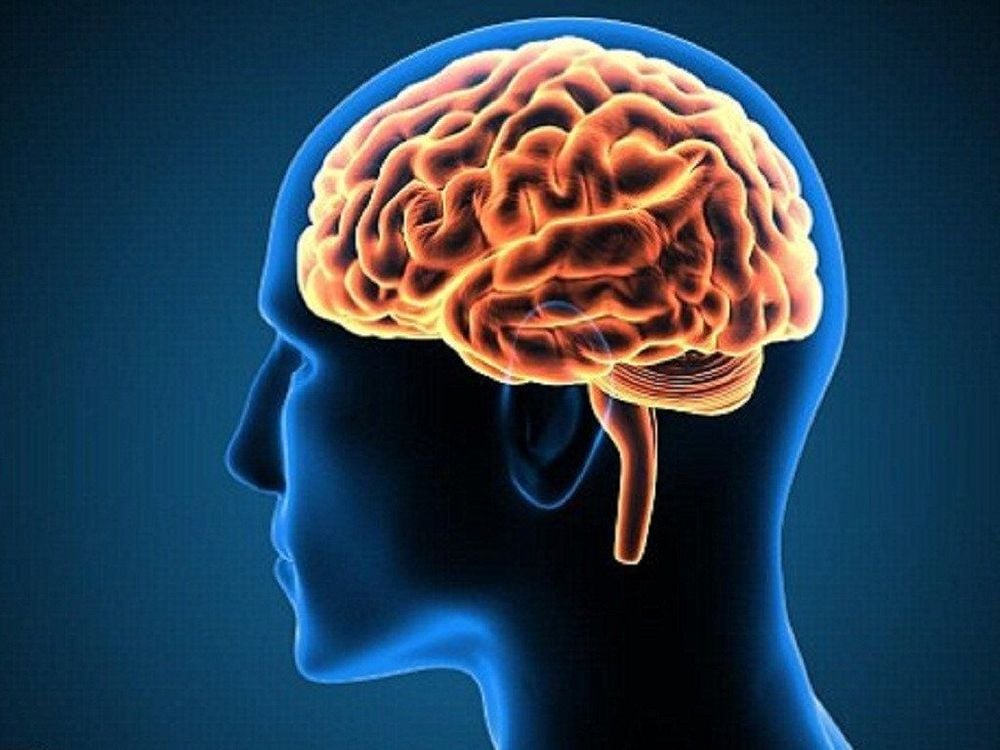
Isoflavone và hệ thần kinh trung ương
5. Other endocrine effects of soy isoflavones
A recent study conducted by Duncan et al studied the endocrine effects of high-dose (2 mg/kg) and low-dose (1 mg/kg) soy isoflavones supplementation in 18 postmenopausal women. for a period of 93 days. Control hormones include estrogen, androgen, gonadotropin, SHBG, prolactin, insulin, cortisol and thyroid hormones.High doses of isoflavones cause a slight increase in SHBG and a slight decrease in estrone sulfate, estradiol and estrone, but both to a significant extent. In another study by the same author in 14 premenopausal women in 3 menstrual cycles using soy isoflavones at control, low and high doses showed that low doses reduced LH and FSH levels in the first trimester. In the follicular phase, high doses reduce FT3 and dehydroepiandrosterone in the early follicular phase, and estrone in the mid-follicular phase. The duration of the menstrual cycle is not changed.
Another randomized placebo-controlled study of 145 premenopausal women for 12 weeks using a phytoestrogen-rich diet resulted in an increase in SHBG levels.
However, not all studies have shown consistent results, and Baird et al did not observe changes in FSH and LH in postmenopausal women in their study. There are many reasons leading to conflicting results, including the small sample size, different research time,...
Customers can directly visit Vinmec Healthcare system nationwide to visit Check or contact the hotline here for support.
MORE:
Soy milk - "Viagra" for menopausal women What is estrogen and what role does it play? Hormone replacement therapy: Benefits and risks




